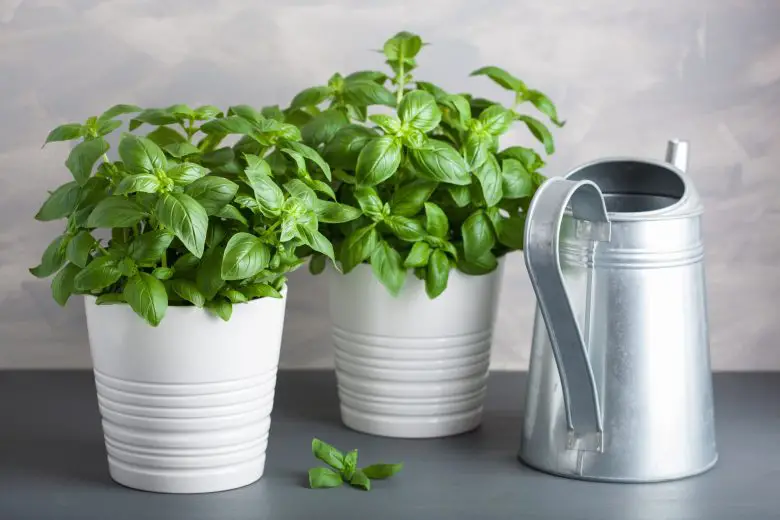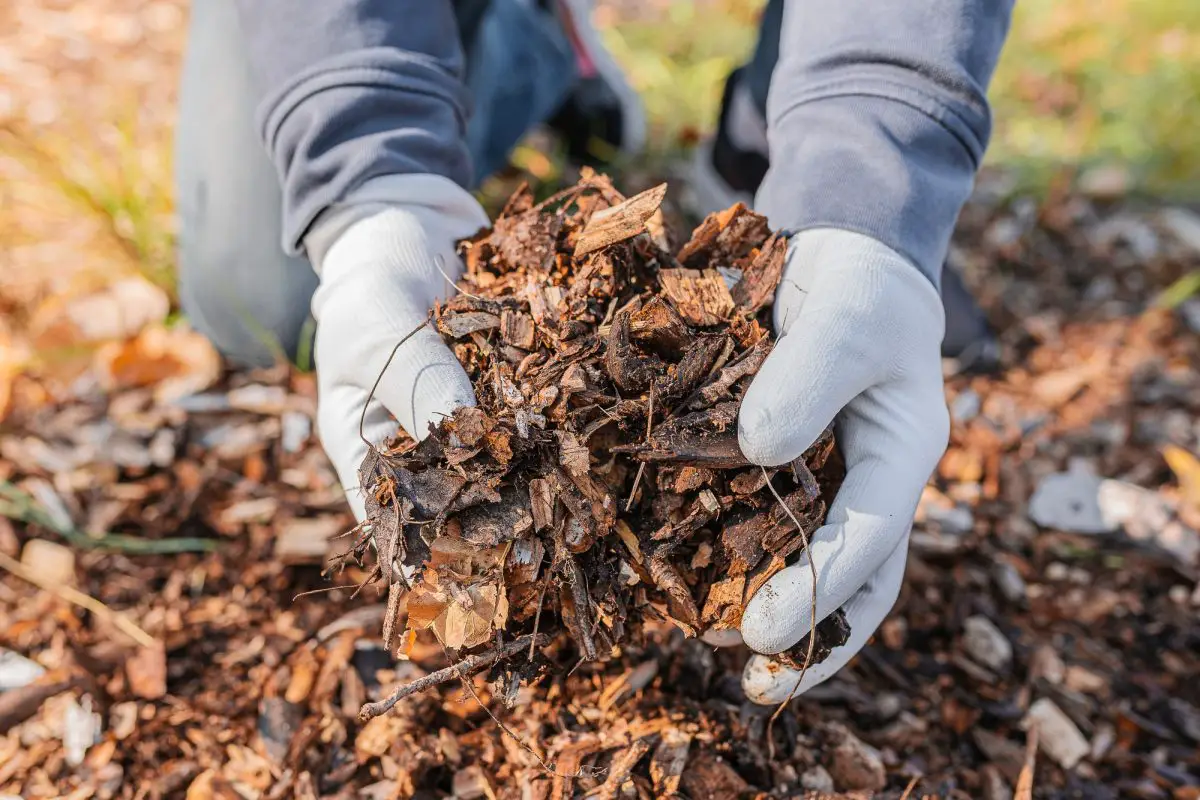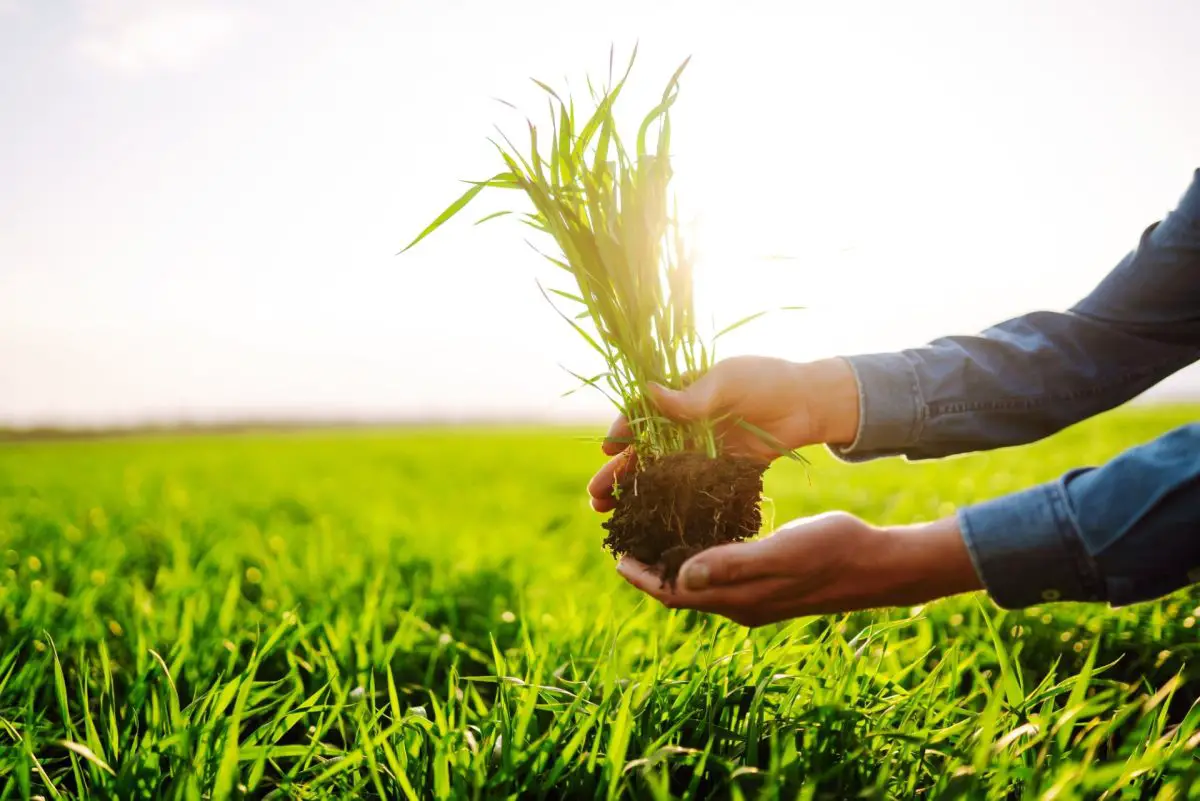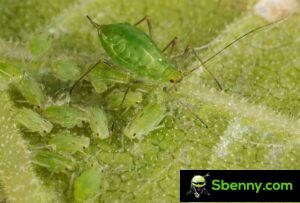Basil is one aromatic plant much loved in Italian cuisine, but also in natural medicine for its healing properties. Growing basil in a healthy and luxuriant way it requires care and attention, including irrigation. In this article we will see how to water basil correctly to ensure optimal plant growth and good yield in terms of aroma and flavour. We will evaluate both the water management of plants grown in the open ground in the garden and those grown in pots, on the balcony or terrace.
So let’s see how to proceed to establish an optimal dosage of water and prevent our basil from dying.
When to water basil?
Basil is a plant that requires a lot of water and humidity to grow. However, excessive watering can be harmful to the plant and promote the proliferation of fungal diseases, such as downy mildew of basil. In general, basil should be watered about 2-3 times a week, but the frequency depends on the climatic conditions and the type of soil. It is important to closely monitor the moisture level of the soil and adjust watering accordingly. In general, it’s best to water basil early in the morning or late at night when temperatures are cooler and the water won’t evaporate quickly.
How to water basil?

Irrigation is a fundamental aspect for the cultivation of basil. Using automated irrigation methods can help ensure that water is evenly and accurately distributed over the land. In any case, it is important to avoid creating an excess of water and wetting the basil leaves, so as to reduce the problems associated with fungal diseases, also ensuring an optimal yield in terms of aroma and flavour. Several methods can be used to water basil, including:
- There drip irrigation technique it is an ideal technique for basil in the ground, as it allows water to be administered precisely and gradually, avoiding waste and guaranteeing uniform irrigation of the soil.
- Irrigation by immersion, on the other hand, is an effective way to give water to pot-grown basil. In this case, the plants are immersed in a container of water for a few minutes so that the roots can absorb it evenly. This method is especially useful for plants that have problems with the soil drying out.
- Finally, sprinkler irrigation consists of administering water in a similar way to rain, using a water jet irrigation system. This method can be useful for basil, but it has the defect that, inevitably, the leaves of the plant will get very wet, and this can favor the proliferation of fungal diseases. For this reason, whenever possible, the first two basil irrigation methods are to be preferred.
How to avoid overwatering problems
Overwatering is one of the main problems that can afflict basil and cause plant death. To avoid this problem it is important to keep in mind that:
- Basil grows best in well-drained soil that can drain excess water.
- This aromatic plant requires a lot of water, but overwatering can cause problems. It is therefore necessary to carefully monitor the soil and its humidity, avoiding wetting the plants too much.
- A porous substrate, which is obtained for example by adding expanded perlitecan help maintain a balance between water and air in the soil, preventing excessive water accumulation.
- Finally, as already mentioned, it is good to avoid wetting the basil leaves, as this can favor the proliferation of fungal diseases. It is therefore important to administer the water directly to the base of the plants.
How to water potted basil
Basil grown in pots requires particular attention to irrigation management. Here are some useful tips:
- To avoid overwatering, it is important to constantly monitor soil moisture. The soil, in fact, must be moist, but not completely wet. Before watering, you can check the soil moisture by inserting a finger into the substrate. If the soil is still moist, it is not necessary to water the basil.
- To maintain good plant growth, it is important to water regularly. In general, potted basil requires watering every 2-3 days. However, the frequency of watering can vary according to the climatic conditions, the humidity of the air and the size of the pot. In very hot territories and periods, for example, it may be necessary to water the plant even twice a day, if we notice that the soil becomes dry quickly.
- Drip irrigation (with special pot kits) is a particularly suitable method for irrigating basil, if we have, for example, several pots placed on the balcony or terrace. This method, as we have already seen, allows you to administer water directly to the base of the plants, avoiding wetting the leaves and reducing the risk of fungal diseases.







Start a new Thread